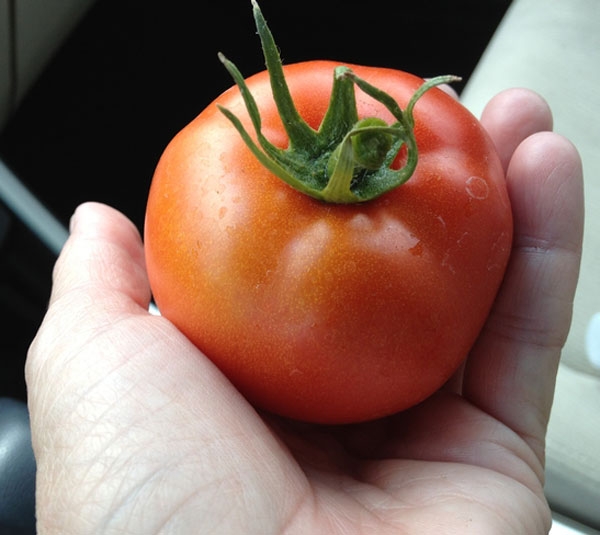
At the end of a challenging day, I found this in my inbox:
“Our garden continues to thrive! My students love it. They run over to it first thing each morning to check the progress of their plants. Right now we have the last of our tomatoes, the last of the strawberries, bell peppers, snacking peppers, cucumber vines that are flowering, pumpkin vines (we planted those late), radishes, cilantro, chives, corn, and broccoli (something is eating the leaves. Ideas?). I am teaching plant science and it has been so wonderful to use our garden plants for examples. It makes the lessons so much richer.
The kids have asked me if we can install two more planter boxes. I told them I would check with you to see if you have more. If not, we will make them ourselves.
Again, thanks so much for getting us started last year. The addition of our garden has made our program more enjoyable for the students and for me. It is so amazing to see their eyes light up and hear the excitement in their voices when they see the work of their hands actually thriving!”
Over one hundred years ago, Ventura Unified teacher Zilda Rogers also gardened with her students, and also wrote to a University of California staff member about the positive experiences her students were having in their school garden. This important story about the history of school gardens appears in a book I recently published, called “Sowing the Seeds of Victory: American Gardening Programs of World War I.”
History often repeats itself. And sometimes, in good ways. P.S. to one of my favorite teachers, at one of my favorite schools, in one of my favorite school districts: We'll be over ASAP to fulfill your request for two more garden boxes to expand this “growing” enterprise!
“A Garden for Everyone. Everyone in a Garden.”
Author - Emeritus - UCCE Advisor in Digital Communications in Food Systems & Extension Education; Editor, UC Food Observer; Food and Society Policy Fellow